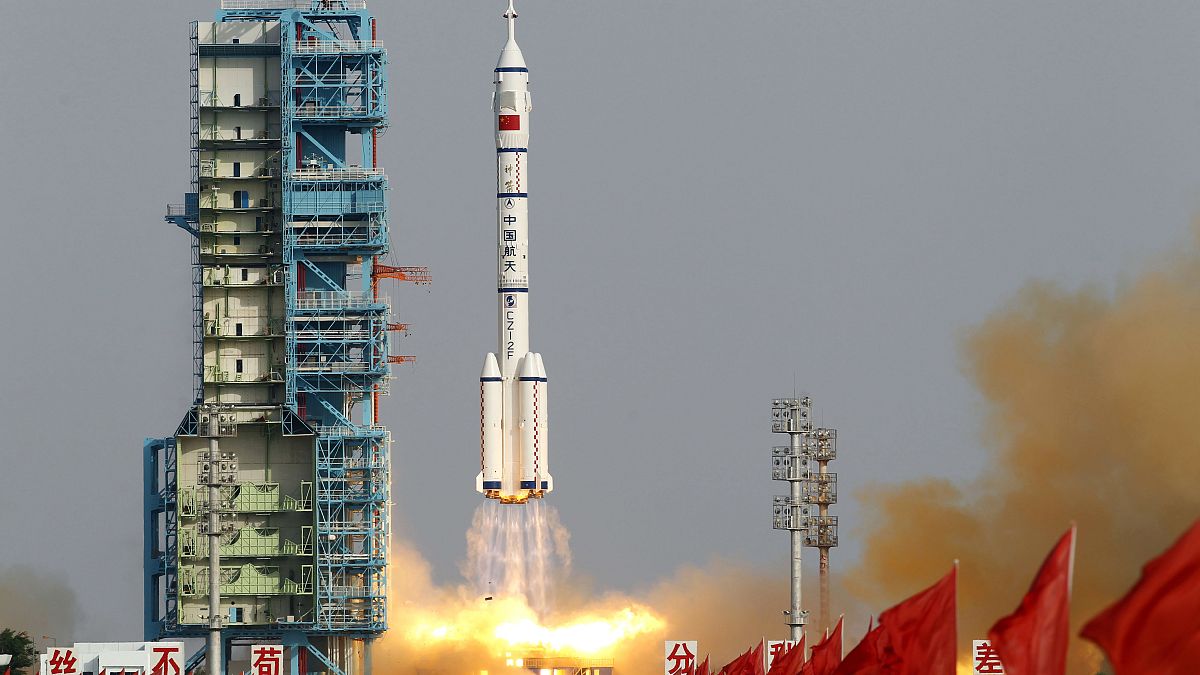Chinese astronauts are not allowed on the International Space Station due to objections from the U.S.
China is aiming to complete work on its space station within about two years, officials said after the launch of a new spacecraft on Tuesday.
The country launched a new rocket from the Wenchang launch centre with an unmanned spacecraft and return capsule.
The launch was successful, China's Manned Space Agency said, as the experimental spacecraft and capsule separated from the rocket to enter orbit.
The capsule is reportedly based on the former Soviet Union's Soyuz model and can carry six astronauts rather than three.
China eventually plans to send four crewed space missions and cargo craft to complete work on its permanent space station.
Rapid development of China's program
China's space program has developed rapidly since its first crewed mission in 2003, including achieving a milestone last year by landing a spacecraft on the dark side of the moon.
Although China has sought cooperation with space agencies in Europe and elsewhere, it is banned from space cooperation due to US national security concerns that has kept the country out of the International Space Station.
China's experimental space station crashed into the Pacific Ocean in 2018 but it now plans to build a larger facility.
China is among three countries planning missions to Mars for this summer along with the United States and United Arab Emirates.
Spacecraft can only be launched to Mars every two years, to take advantage of the best possible lineup between Earth and its neighbouring planet.
